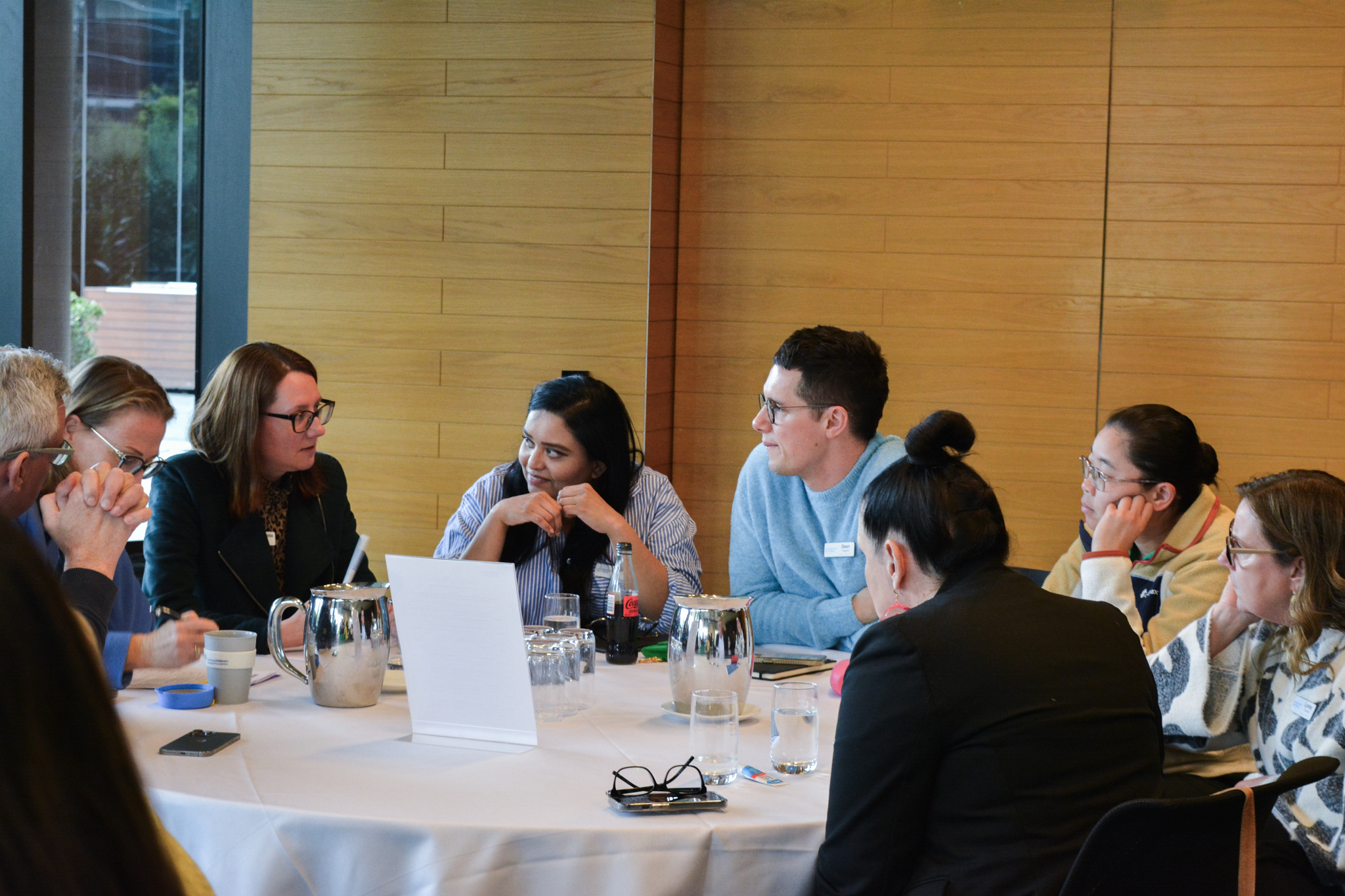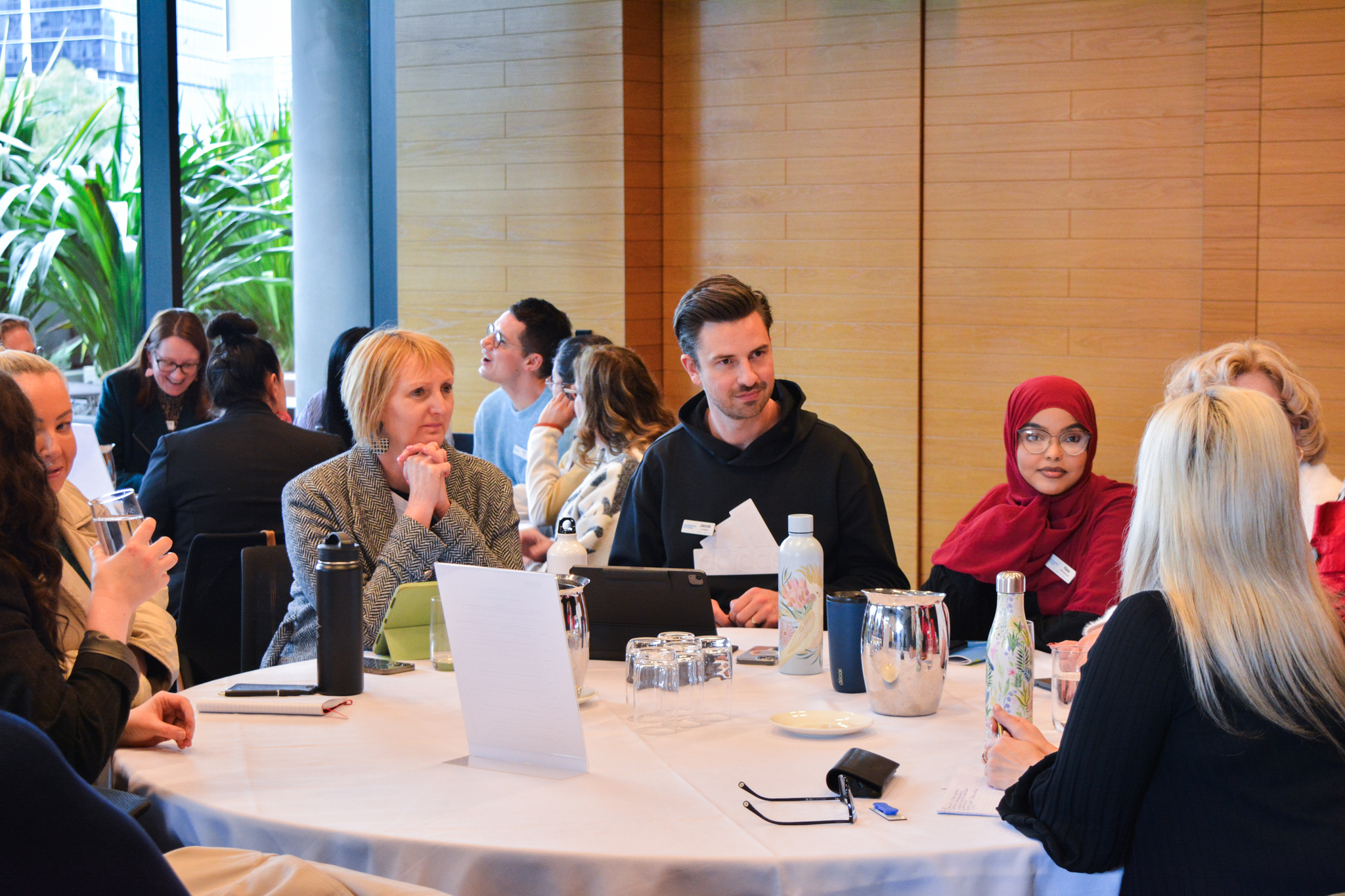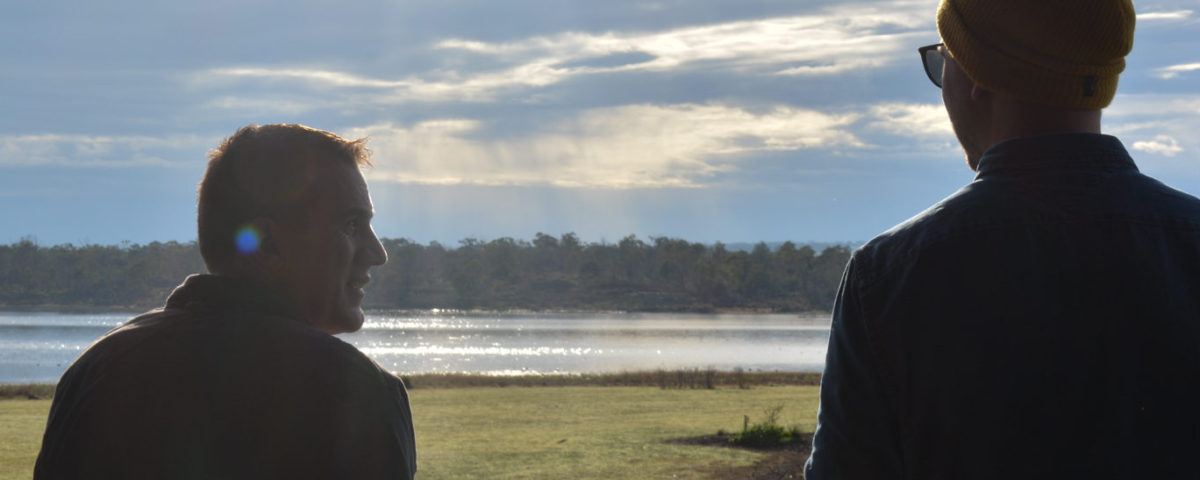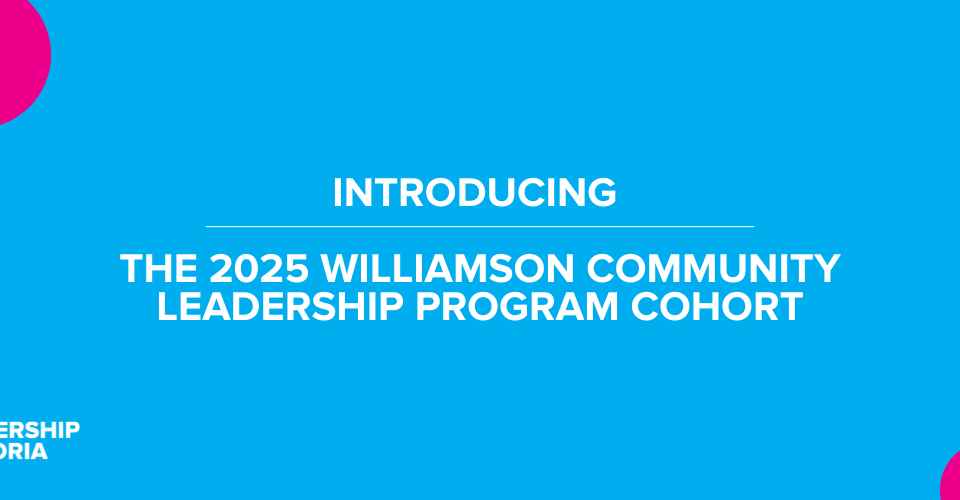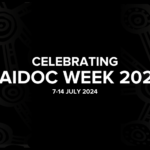
Celebrating NAIDOC Week 2024
25/07/2024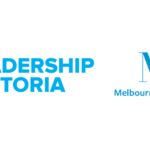
Leadership Victoria and Melbourne Forum Partnership Announcement
26/09/2024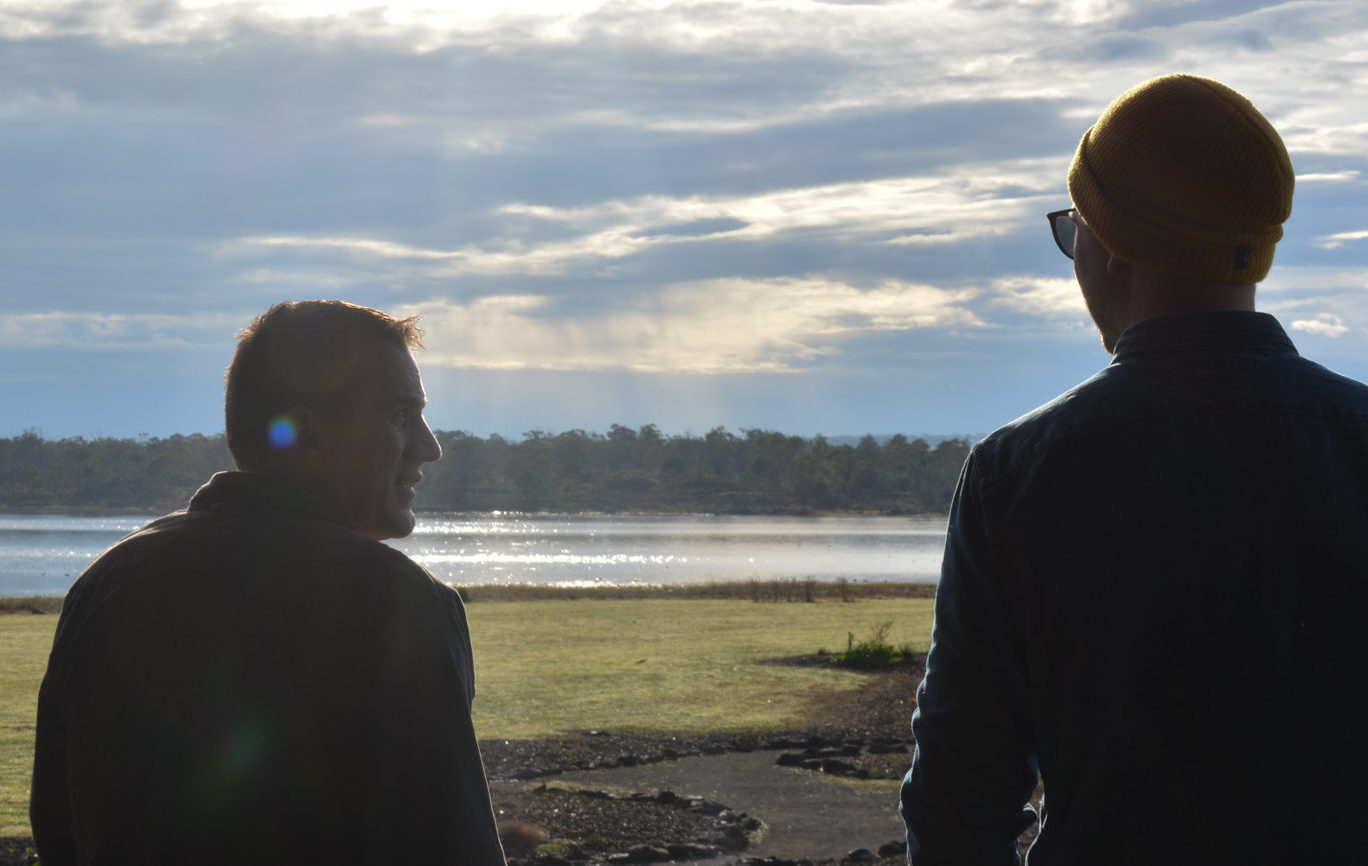
Written by Faculty Lead, Dr Katy McDevitt
What kind of creativity do you think about, when you’re thinking about your leadership brand? How do you make use of creative leadership, when you’re leading?
It’s all about tapping into your strengths, right?
Well, maybe not all the time! For many leaders, our thinking and behaviour are an intricate balance of creative and reactive tendencies, that may develop in fascinating ways over time.
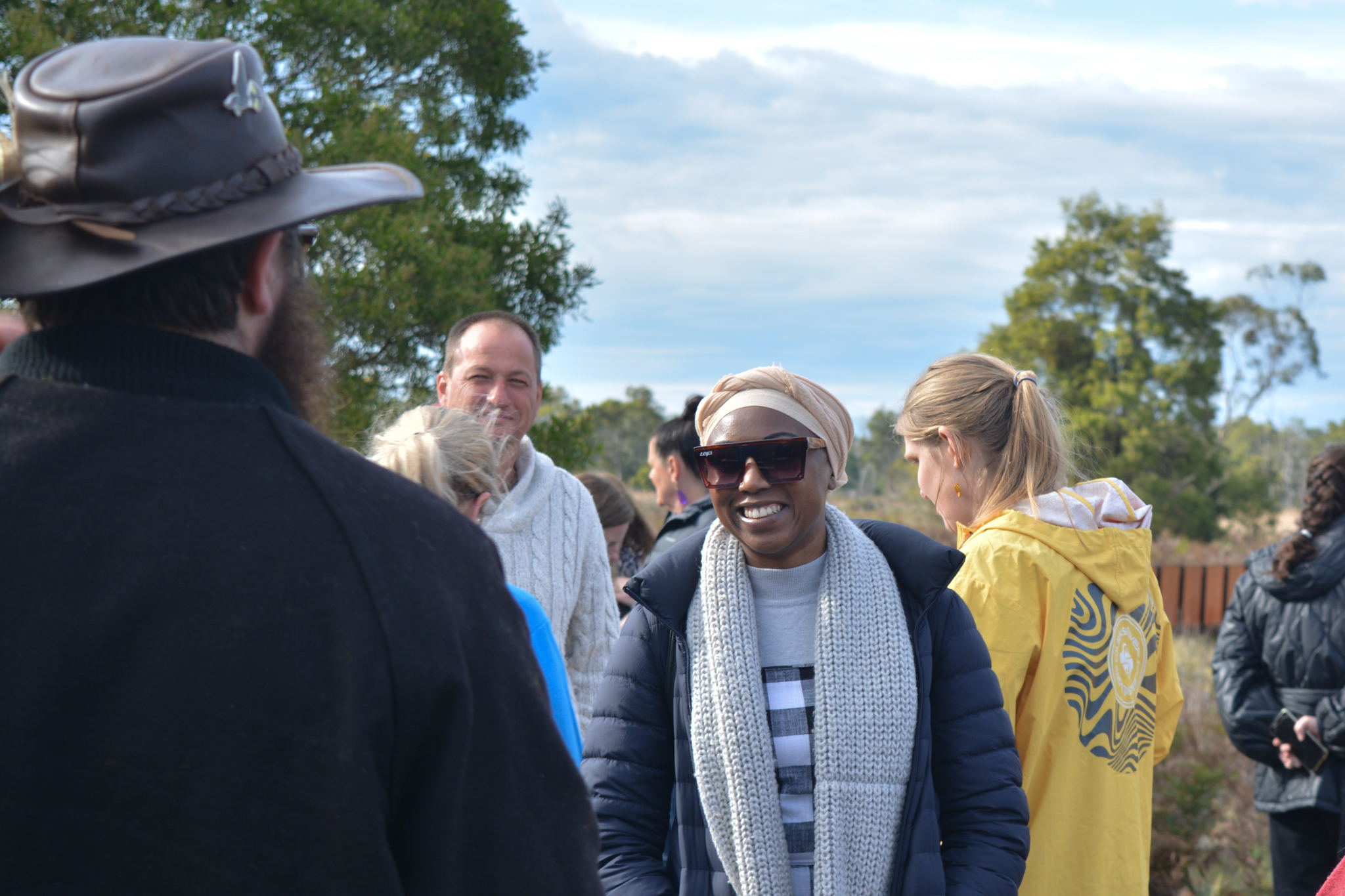
Reactive tendencies are not the enemy - in fact they can help us more than we think
It may sound obvious that you can become more creative by directly deploying more of your creative gifts – think of the ways in which you build relationships, act with courageous authenticity, and imagine big-picture futures that inspire and engage others. These creative tendencies are a great way to achieve results, however those are defined in your world – and the research suggests that creativity is indeed positively correlated to impact or results.
What often surprises people is that we can also strengthen our creativity by working with the reactive tendencies many of us carry – that is, traits such as complying, protecting, or controlling, which when over-emphasised can significantly limit our options, our performance, and our impact as leaders. Why?
When we act reactively, we’re drawing on inner beliefs or assumptions about who we are, and how to be, and we’re seeking to achieve something that matters to us – just not in a way that is helpful or generative for ourselves or others. Again, a lot of people have this going on. The problem is that, so often, we can’t perceive or acknowledge that it is going on.
When we can’t perceive, or don’t acknowledge, the reactive beliefs and behaviours that sit within our leadership, we may find ourselves falling back into them without realising or intending it – as much as we might want to be creative.
Imagine, then, a future where you are able to perceive and acknowledge both the creative and reactive, and make both of them work for you.
The traits that are barely visible now can be understood differently, as gifts – shadow sides of yourself that you can learn from. As Jung wrote, ‘most of what is in shadow is solid gold’ – that is, much of what we reject is a strength we possess, but one that we don’t know we have, don’t accept, or won’t work with.
So, as you bear witness to aspects of yourself you don’t normally attend to, you may bring greater awareness of your current dynamics, and start to surface ideas about what might be helpful to work on. By doing that, you can prepare to first include and later transcend those reactive shadows, to become a more creative leader.
On your journey of growth as a leader, you have opportunities to inquire into what your purpose is, and how you can align your own purpose to a greater, shared purpose to make change. Embracing both your creative and reactive sides is a potentially powerful way to see more of yourself, so that you can tap into more of what you have and who you are.
A great place to start is this free self-assessment from Leadership Circle – and Leadership Victoria are ready to support your exploration of creative leadership in the upcoming Alumni Leadership Retreat, 21-22 November. See you there!
